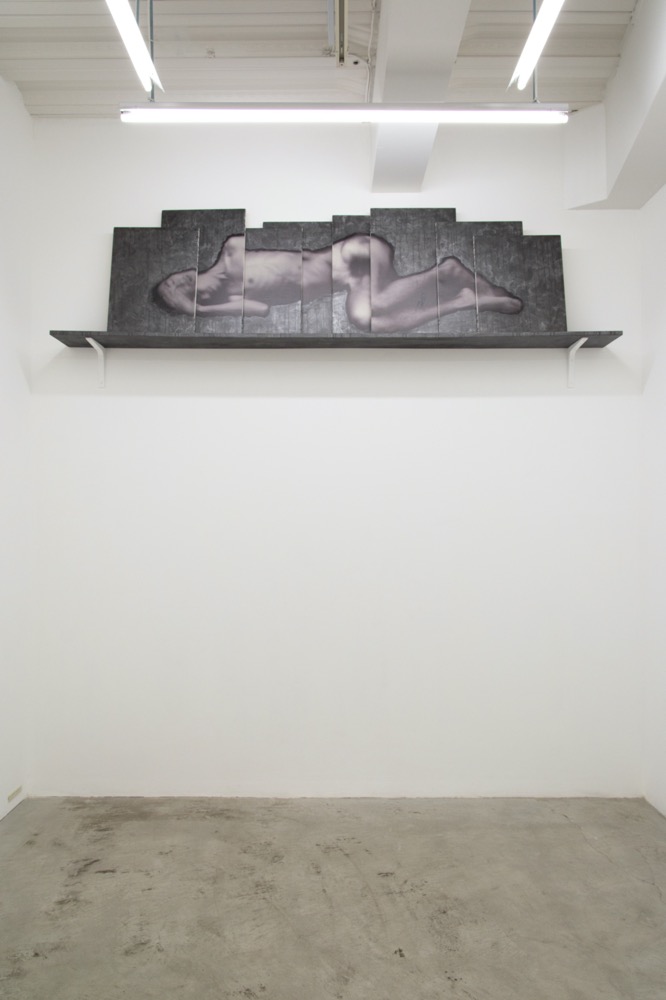
1985-2018
キャンバスにグラファイト、アクリル、紫外線硬化樹脂インク、木材にグラファイト
240×21×61cm
©Tomoaki Ishihara
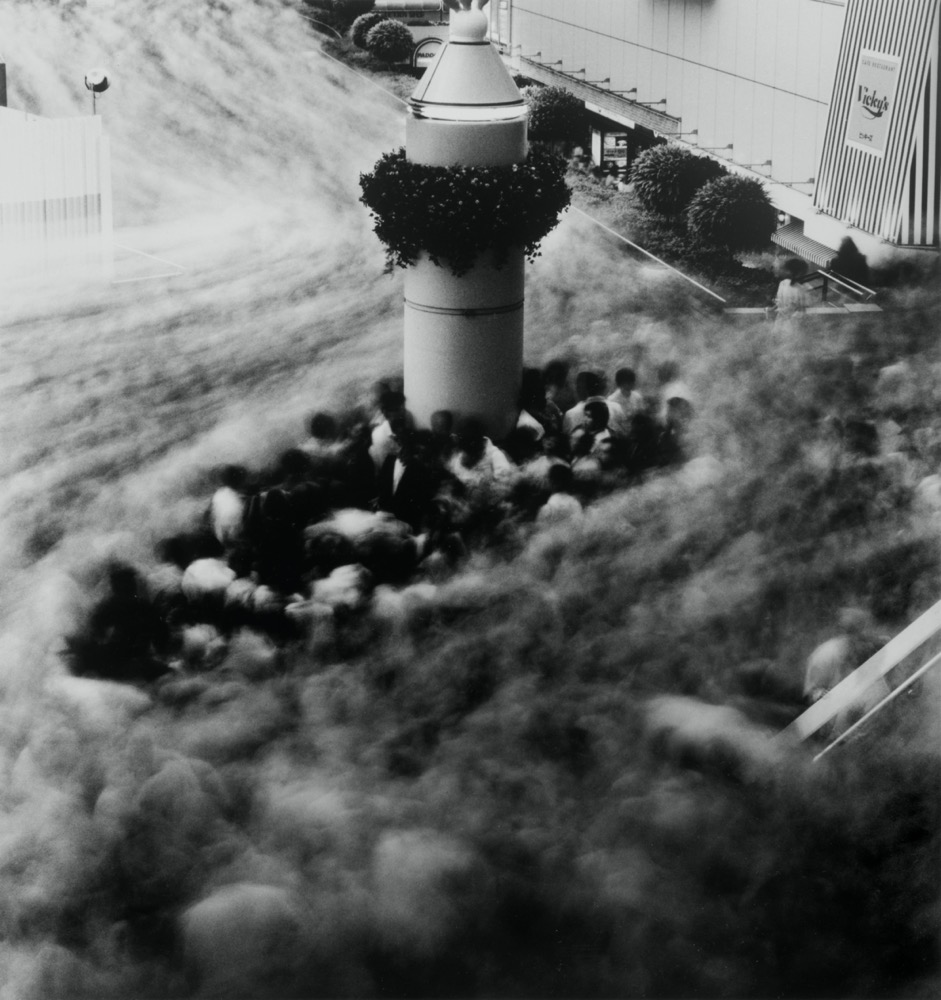
1990
ゼラチン・シルバー・プリント
121.3×105.5cm
©Ken Kitano
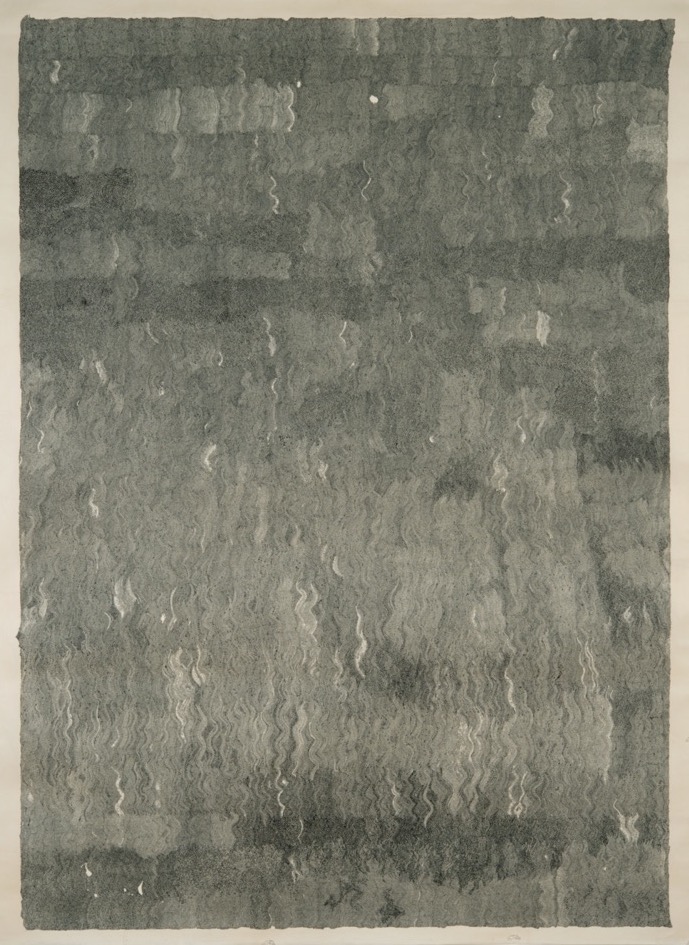
2018
鳥の子紙にインク
212×152cm
©Yoshio Kitayama
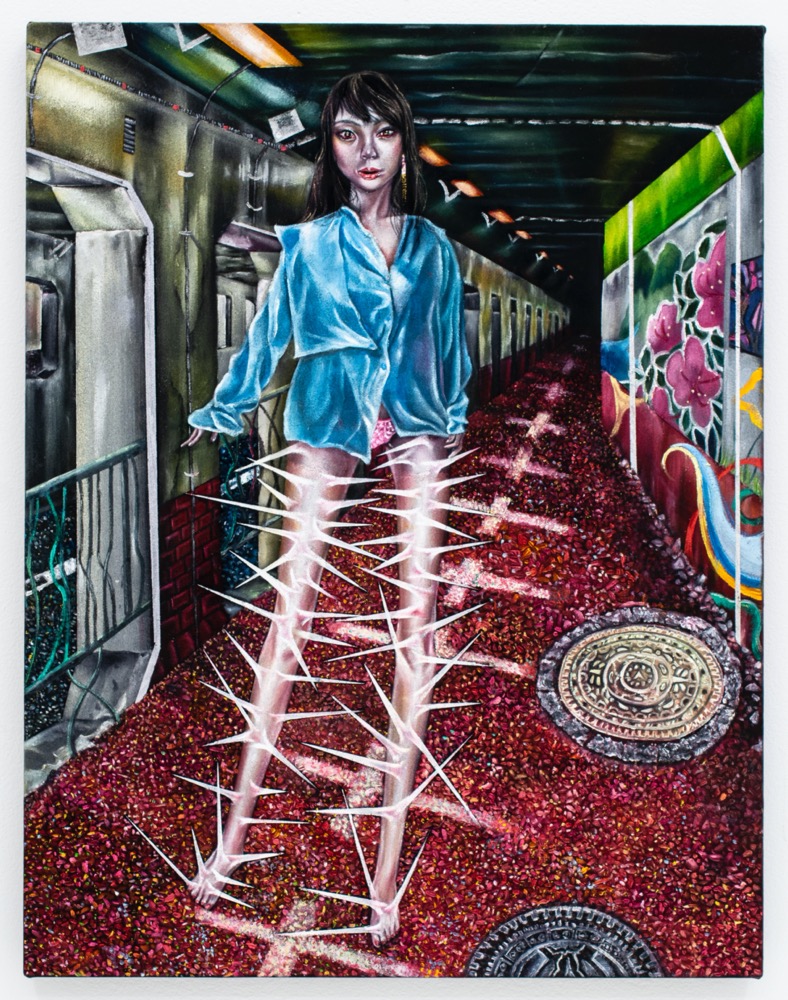
2020
ベルベットに油彩、アクリル、グリッター
53×41cm
©Natsuko Tanihara
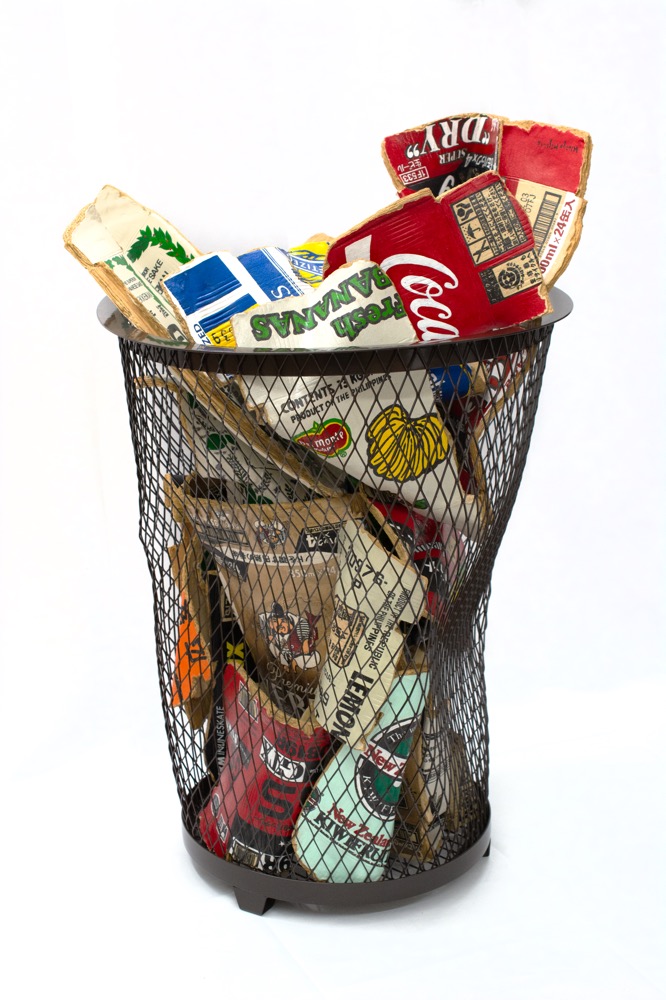
2019
印刷したセラミックに手彩色、鉄
53×58×91cm
©Kimiyo Mishima
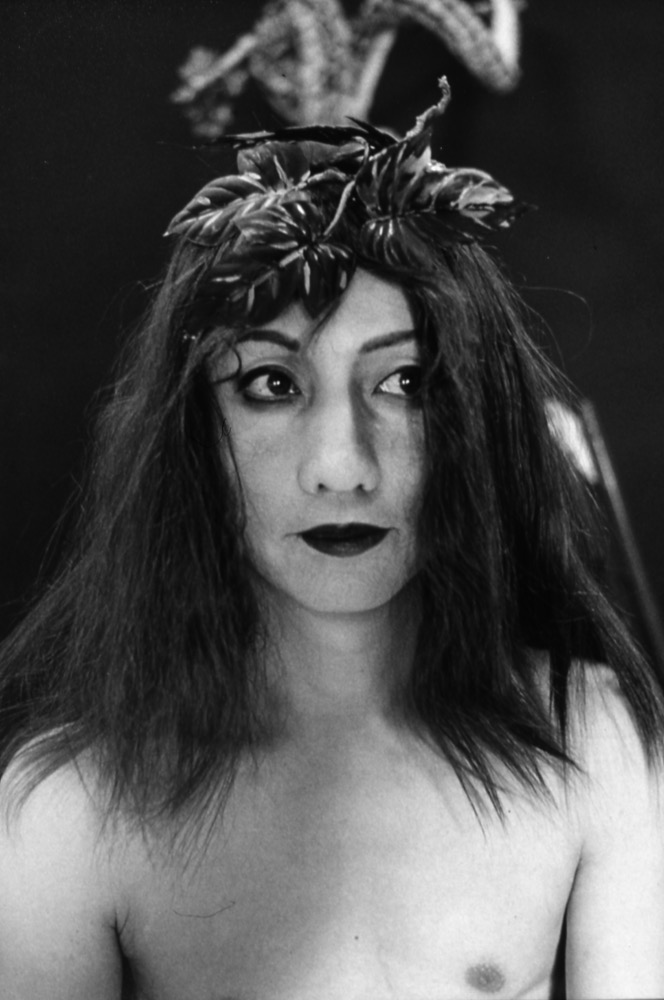
1993
ゼラチン・シルバー・プリント
35.6×27.9cm
©Yasumasa Morimura
Artist|Tomoaki Ishihara, Ken Kitano, Yoshio Kitayama, Natsuko Tanihara, Kimiyo Mishima, Yasumasa Morimura
Date|September 5 – October 4, 2020
Venue|MEM map
Hours|13:00–19:00, from Thursday to Sunday
Tel|+81-(0)3-6459-3205
【Requests to visitors】
• Please refrain from visiting the gallery if you have a fever or cold symptoms such as cough, sneeze, and a runny nose.
• Please practice good etiquette by wearing a mask, and disinfecting your hands. Visitors who do not wear masks will kindly be refused entry.
• Up to five people are allowed to visit exhibition at any one time.
• Please keep social distance from other visitors inside the gallery.
• Please do not touch the exhibits.
“Mono” (things) and “koto” (events) are said to be important concepts that shape our thoughts in Japanese. It is not too much to say that art is also formed with these two words. According to the dictionary, “mono” is “an object that occupies a certain part of space and has a form that can be perceived by the human senses” and “koto” is “a word referring to an object of thought or consciousness, or abstract phenomena, actions or properties”. In Japanese, different characters can be applied, such as 物 (object) or 者 (person) for mono, and 事 (event) or 言 (word) for koto, associating various definitions that lead to a deep forest of contemplation.
By adding the word “body” to this collection, a new picture appears like a growing tree. Works are woven by going back and forth between “mono” and “koto”. Drifting among them is “body”. We will attempt to reveal the works with these words as clues.
Kimiyo Mishima started her career in the 1950s as a painter, and began making three-dimensional works in the 1970s, using ceramic materials, after adapting collages of magazines and newspapers into her oil paintings. Most of her works are ceramic sculptures that elaborately imitate daily disposable objects, such as newspapers, comic magazines and food packages. It is a method of using “mono”, like ceramics, to mimic “koto”, the disposable information like that in newspapers.
The work, Cosmic Diagram, by Yoshio Kitayama is drawn in ink on Japanese paper. Without a rough sketch, Kitayama took a long time to finish this over 2-meter long painting following only his consciousness. He says that each tiny circle, dot and line represent the molecules and atoms that form this universe and the cells that make up our bodies.
Tomoaki Ishihara gained momentum in the 1980s for his multi-modal approach that included photography and installation. He has created three-dimensional works using photography to print his own body onto a shaped canvas, and in recent works, partially digitized the bodies and transformed them into a painting.
Yasumasa Morimura first gained worldwide attention in the 1980s for his method of placing himself into masterpieces. Since then, he has continually presented works of photographs and videos that record his performances. This exhibition presents a selection from A story of M’s self portraits, a photo collection with a private vibe, mainly taken in his studio during the 1990s.
Ken Kitano’s Flow and Fusion was taken at the height of the bubble economy. Shot at a slow shutter speed, it shows a crowd of people who appear to be connected like a single cloud. When Kitano first saw this image, he realized his own body was just another particle of the cloud.
In the 2010s, Natsuko Tanihara began to produce elaborate works depicting dark stories that transcend time and space. The artist often appears in her paintings, becoming part of the otherworldly narratives, as if she travels between this world and the other through her pictorial space.
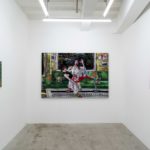
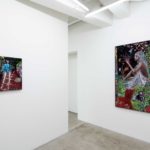
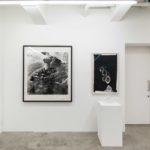
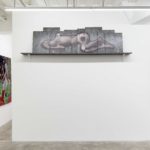
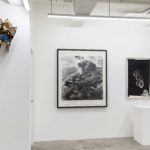
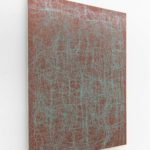
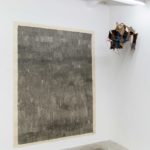
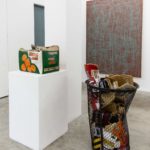
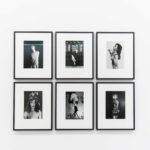
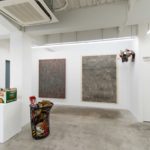
 Yoshio Kitayama
Yoshio Kitayama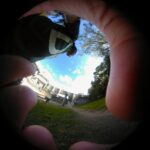 Tomoaki Ishihara |Saccade and Afterimage
Tomoaki Ishihara |Saccade and Afterimage 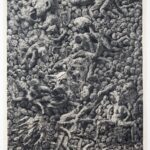 Yoshio Kitayama | History = Reason ( ) Emotion
Yoshio Kitayama | History = Reason ( ) Emotion 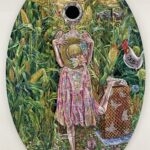 Natsuko Tanihara | Behold, This Beautiful World
Natsuko Tanihara | Behold, This Beautiful World 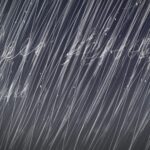 On Mono, Koto, and Kotoba – Eight Perspectives
On Mono, Koto, and Kotoba – Eight Perspectives 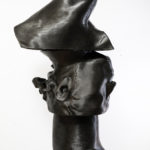 Tomoaki Ishihara |Flies and Frankenstein
Tomoaki Ishihara |Flies and Frankenstein 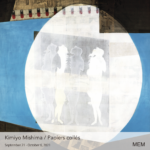 Kimiyo Mishima | Papier Collé
Kimiyo Mishima | Papier Collé 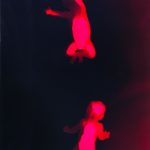 Ken Kitano|Others From the Future / Quiet Hand
Ken Kitano|Others From the Future / Quiet Hand  Gotoh Memorial Cultural Award Exhibition
Gotoh Memorial Cultural Award Exhibition  Kimiyo Mishima
Kimiyo Mishima 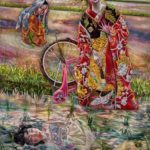 Natsuko Tanihara “MATSUROWANU-MONO”
Natsuko Tanihara “MATSUROWANU-MONO” 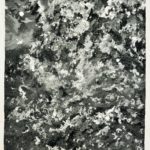 Yoshio Kitayama “JIKEN”
Yoshio Kitayama “JIKEN” 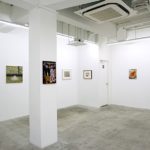 Here / Hereafter – Visionaries 2 –
Here / Hereafter – Visionaries 2 – 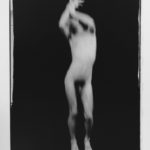 Tomoaki Ishihara “34 LIGHT YEARS”
Tomoaki Ishihara “34 LIGHT YEARS” 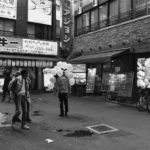 Yasumasa Morimura “High, Red, Central, Action”
Yasumasa Morimura “High, Red, Central, Action” 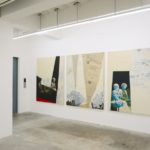 Two Person Show with Shigeji Mishima and Kimiyo Mishima
Two Person Show with Shigeji Mishima and Kimiyo Mishima 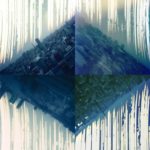 Ken Kitano “Gathering Light”
Ken Kitano “Gathering Light”  Kimiyo Mishima “EARLY WORKS”
Kimiyo Mishima “EARLY WORKS”